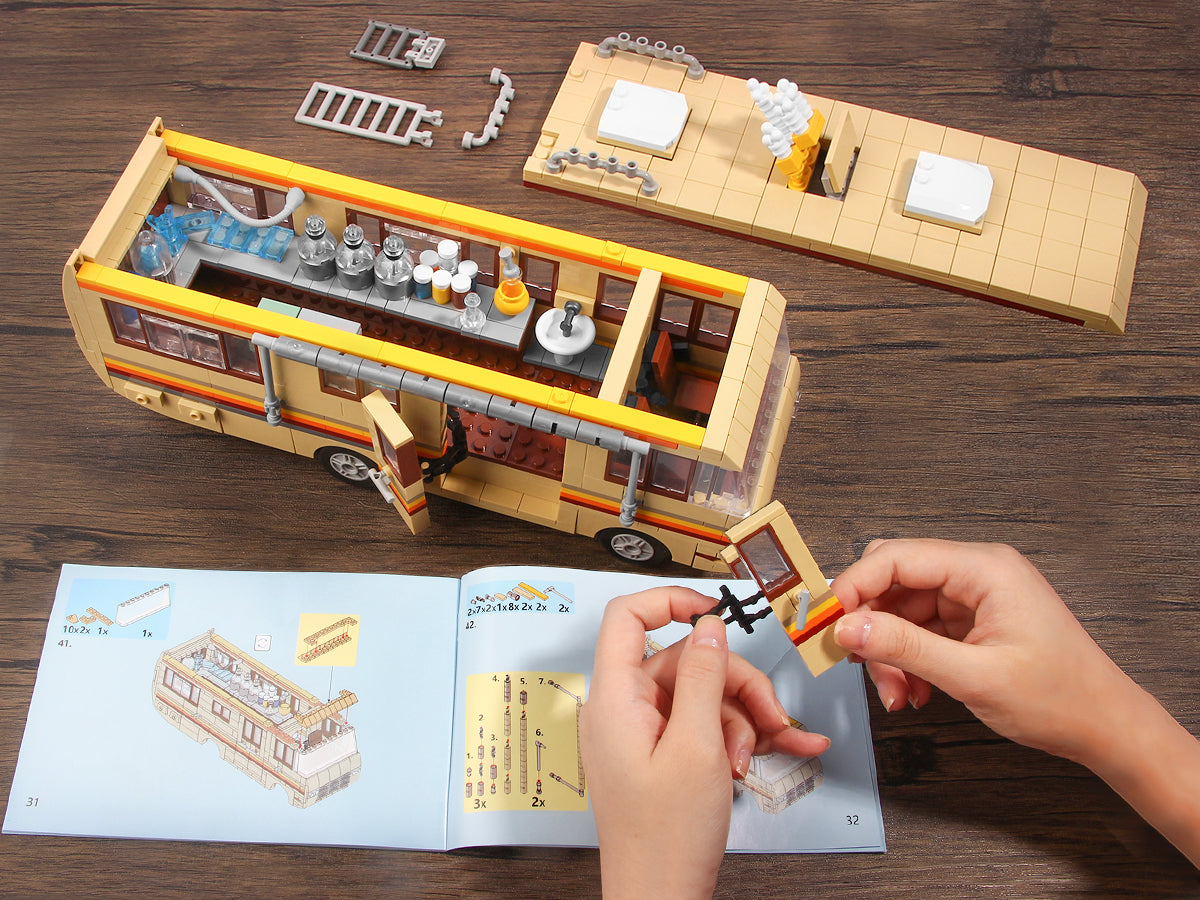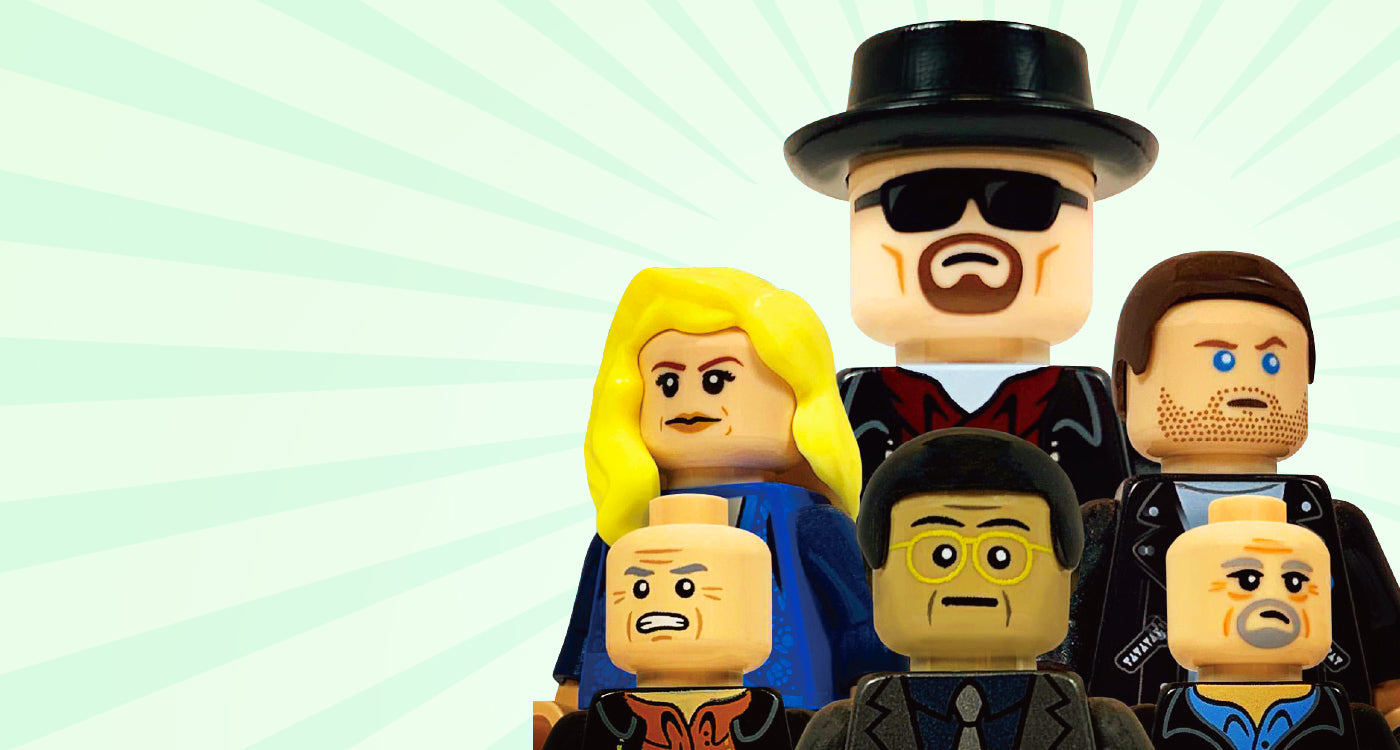As parents, we are always looking for ways to support our children's development and help them reach their full potential. One often overlooked method is providing opportunities for them to work on a vertical surface. Whether it's drawing on an easel, writing on a whiteboard, or sticking magnets on a magnetic board, working on a vertical surface offers numerous benefits for children's cognitive, physical, and social-emotional development.
1. Enhances Fine Motor Skills
Working on a vertical surface requires children to use their hands and fingers in different ways compared to working on a horizontal surface like a table. This helps to strengthen their fine motor skills, including hand-eye coordination, finger dexterity, and grip strength. These skills are essential for tasks such as writing, drawing, and manipulating objects.
2. Promotes Shoulder Stability
When children work on a vertical surface, they naturally engage their shoulder muscles to stabilize their arm movements. This promotes the development of shoulder stability, which is crucial for activities that require controlled arm movements, such as writing, cutting, and throwing. Strong shoulder stability also contributes to good posture and overall body control.
3. Supports Visual Perception
Working on a vertical surface helps children develop and refine their visual perception skills. The vertical orientation allows them to see their work from a different perspective, which enhances their ability to judge distances, recognize patterns, and understand spatial relationships. These skills are vital for reading, writing, and solving visual puzzles.
4. Encourages Collaboration and Communication
When children work on a vertical surface together, it naturally promotes collaboration and communication. They can share ideas, take turns, and problem-solve together. This fosters important social skills such as cooperation, negotiation, and empathy. Working on a vertical surface also allows for better visibility and engagement, making it easier for children to interact with each other.
5. Stimulates Creativity and Imagination
Working on a vertical surface provides a larger canvas for children to express their creativity and imagination. The vertical orientation allows them to explore different body movements and gestures, which can inspire new ideas and artistic expressions. It also encourages them to think outside the box and approach tasks from different angles, fostering innovative thinking and problem-solving skills.
6. Boosts Confidence and Self-Esteem
When children work on a vertical surface, they can see their progress and accomplishments more easily. This visual feedback boosts their confidence and self-esteem, as they can observe their own growth and improvement over time. It also provides a sense of ownership and pride in their work, which motivates them to continue exploring and learning.
Incorporating vertical surfaces into your child's daily activities can have a significant impact on their development. Whether it's setting up an easel in the art corner or using a whiteboard for practicing math problems, the benefits are numerous. So, let's encourage our children to work on a vertical surface and watch them thrive!









